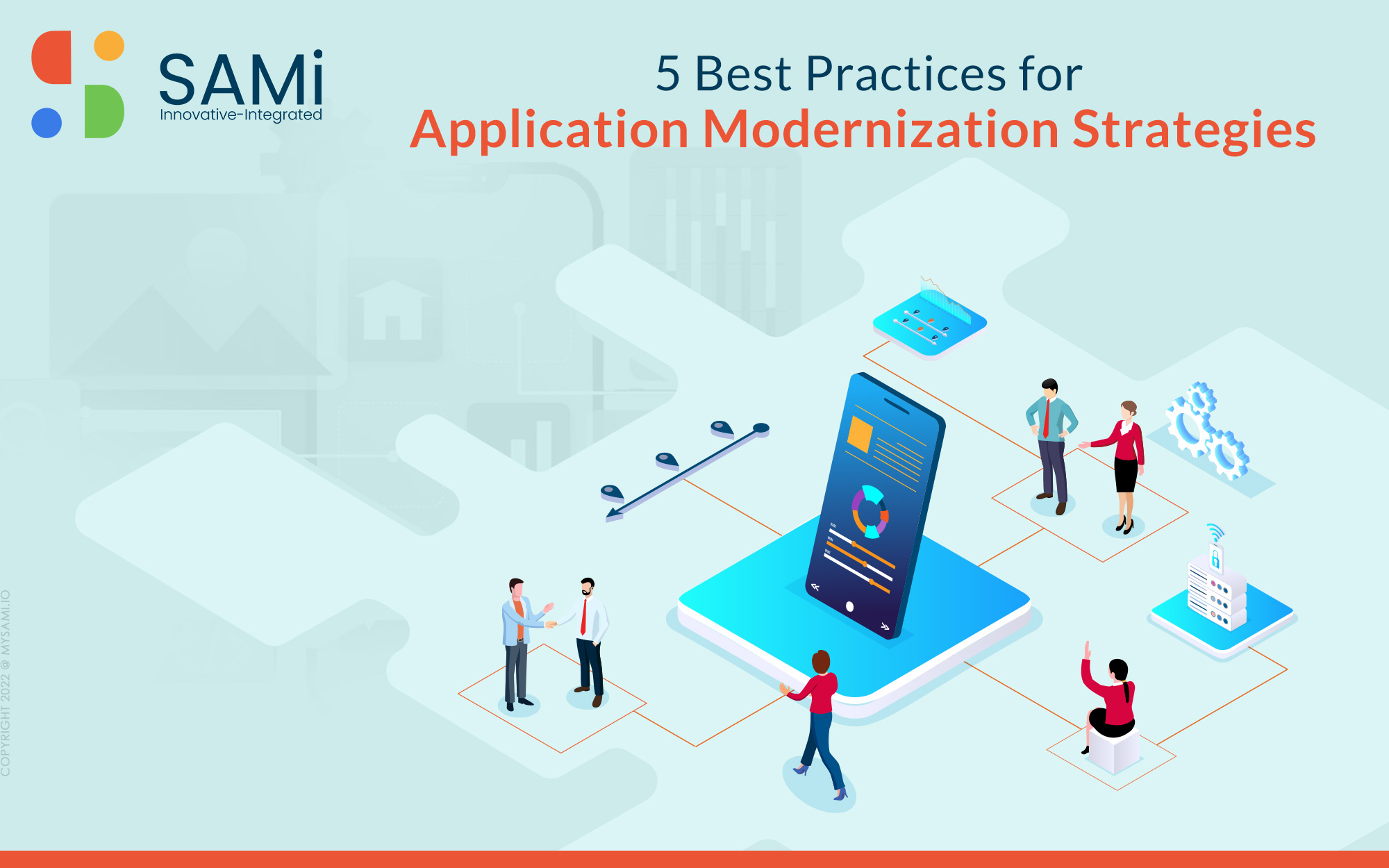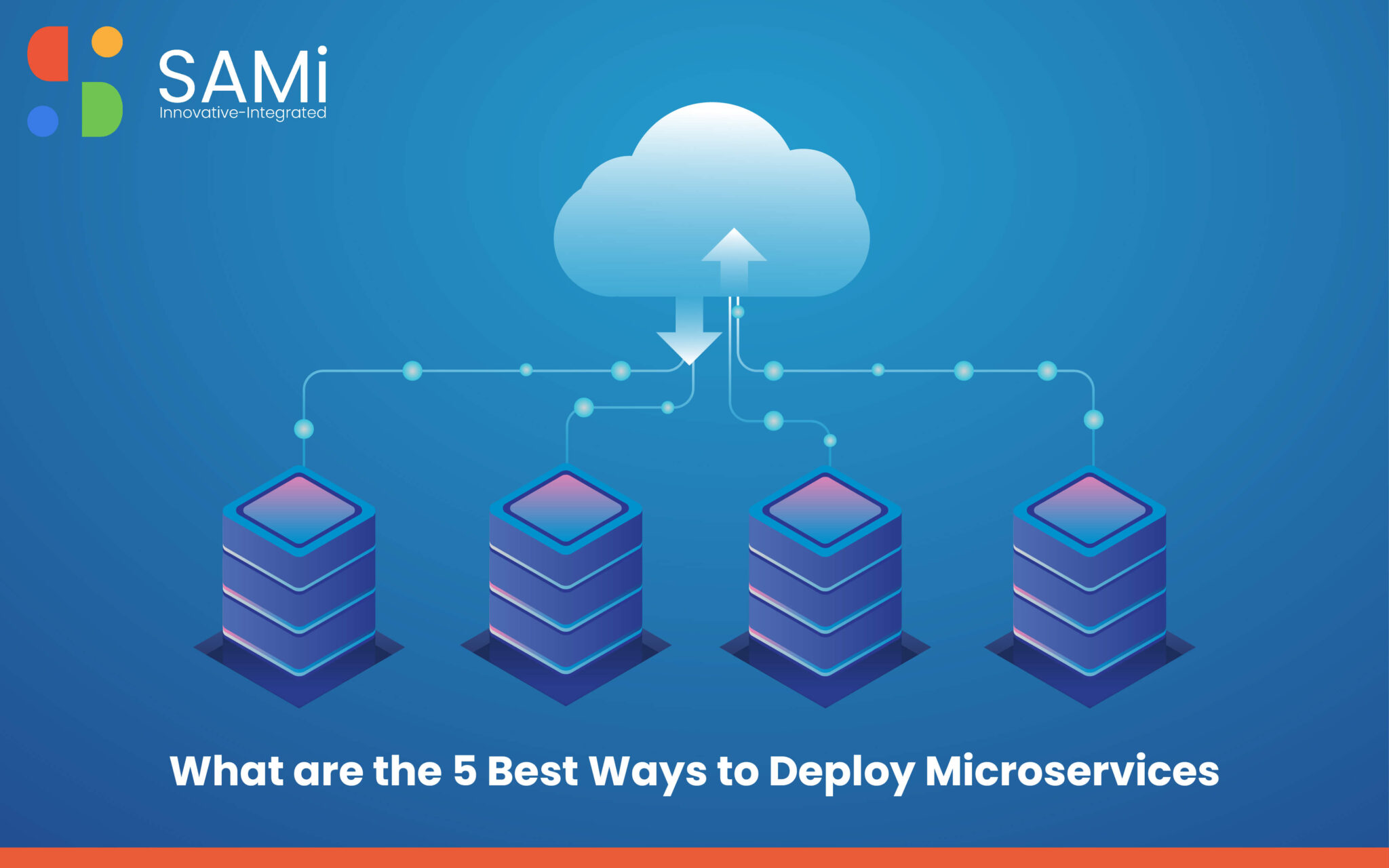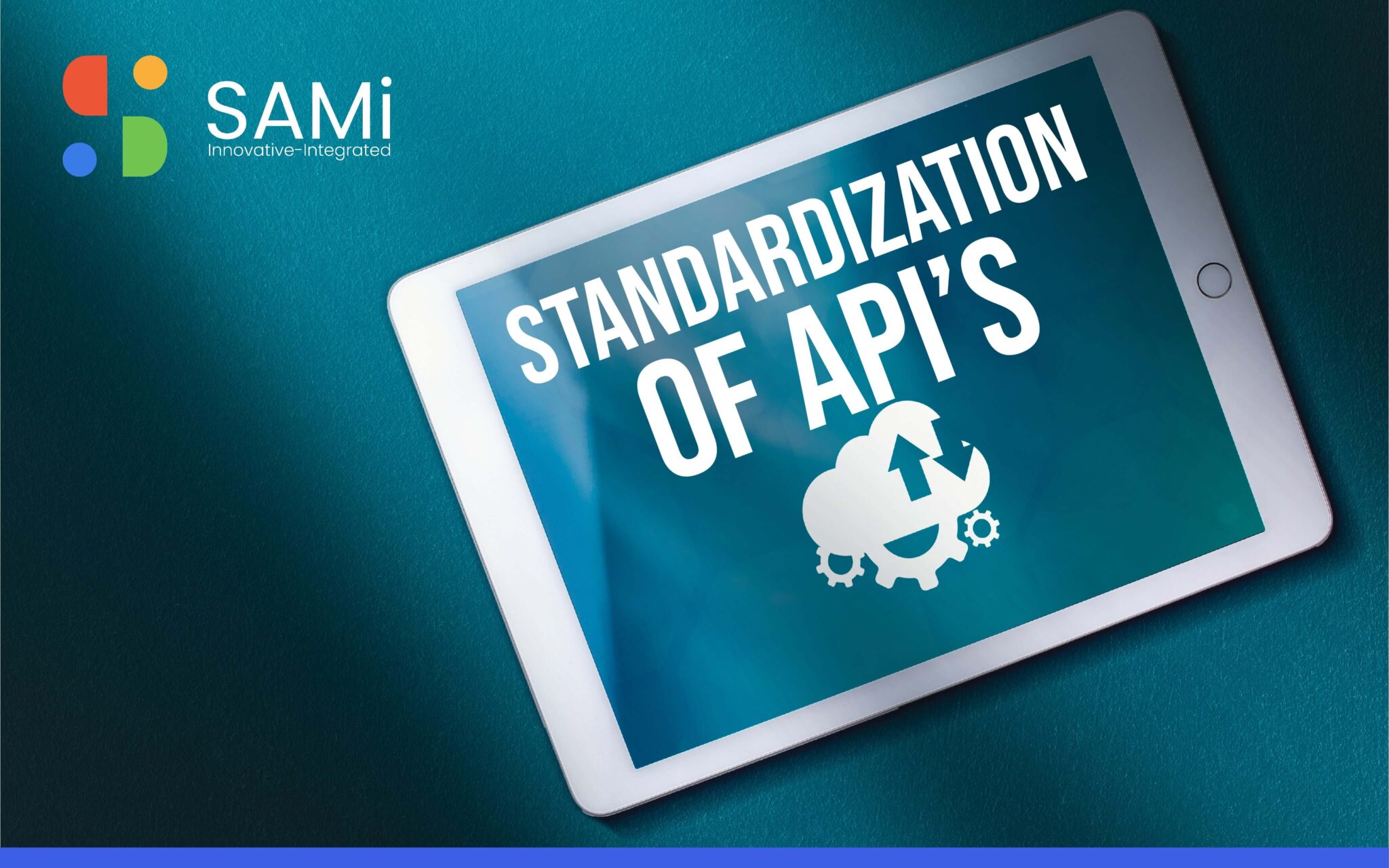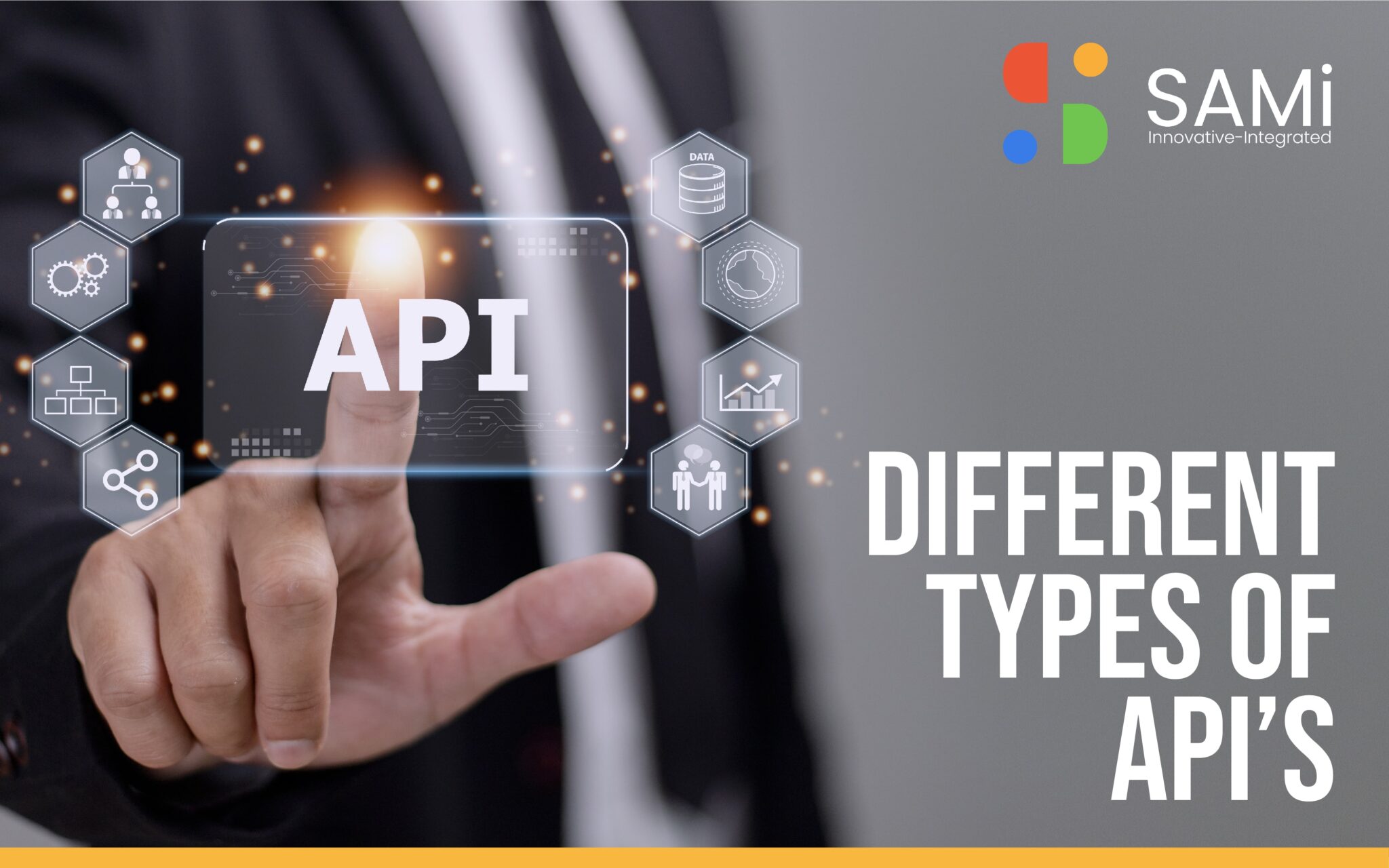An Introduction to Application Modernization
Application management is an important part of any organization’s IT infrastructure and is essential for ensuring the smooth operation of the business. It involves the development, deployment, maintenance, and monitoring of applications.
With the ever-evolving technology landscape, organizations must ensure their applications are up-to-date, secure, and running optimally. To achieve this, they must have a well-defined application management strategy in place.
Also Read: Application Modernization Trends To Watch in 2023
What is Application Management?
Application management is the process of managing the entire lifecycle of applications, from initial development to end-of-life decommissioning. It is important because it helps organizations to maintain the functionality and performance of their applications while ensuring they remain secure and compliant with industry standards. With the right application management strategies, organizations can maximize the value of their applications and minimize their total cost of ownership.
5 Best Practices for Application Management Strategy
To help organizations get the most out of their application management efforts, here are five best practices for developing an effective application management strategy.
1. Develop a Clear Vision – A clear vision for the application management strategy is essential for ensuring that all stakeholders understand the roadmap for the future. This vision should include the objectives, goals, and milestones that will be used to measure the success of the strategy. It’s important to have a consistent and well-defined vision that everyone can understand and agree upon.
Also Read: 5 Application Modernization mistakes to avoid
2. Define Application Requirements – Before beginning any application management efforts, it’s important to define the requirements for each application. This should include both functional and non-functional requirements. This allows for the development of applications that meet all of the necessary requirements of the organization.
3. Establish a Change Management Process – Once the application requirements are defined, it’s important to establish a change management process. This process should include clear policies and procedures for making changes to the applications and for how those changes will be communicated to end users and stakeholders. This helps ensure that changes are made in a timely manner and that all stakeholders are informed of the changes.
4. Monitor Application Performance – Regularly monitoring the performance of the applications is essential for ensuring they are up-to-date and secure. Organizations should have a process in place for regularly checking application performance, including testing and resolving any issues. This helps to ensure that any issues are addressed in a timely manner and that the applications remain secure and running optimally.
5. Establish an Ongoing Review Process – Establishing an ongoing review process is important for ensuring that the application management strategy is effective. This review process should include regular check-ins with stakeholders to ensure that the plan is still on track and that any needed changes are made in a timely manner. This helps to ensure that the application management strategy remains effective and up to date.
Also Read: How to Overcome Challenges of Application Modernization?
By following these five best practices for application management, organizations can ensure that their applications are secure, up-to-date, and running optimally. This helps to ensure that the applications remain a crucial part of their organization’s IT infrastructure and are essential for ensuring the smooth operation of the business.





